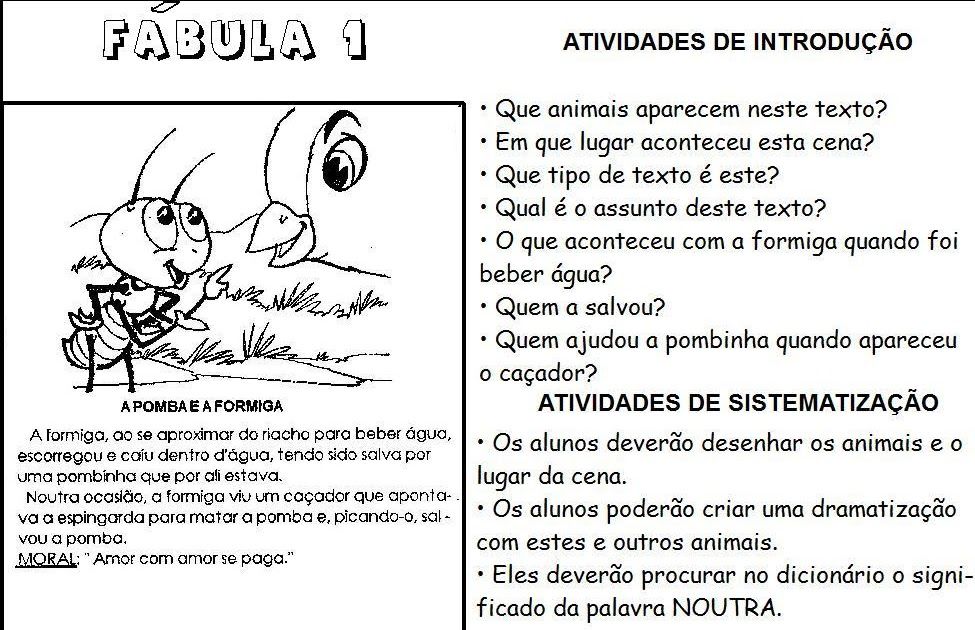Índice de los contenidos
La práctica del dictado es una herramienta muy antigua. Actualmente se sigue practicando en las aulas, sobre todo para niños que cursan Primaria, pero creemos que también es fundamental utilizarla en Secundaria. Incluso en Bachillerato se pueden realizar. En este artículo (y próximos) ofreceremos varios ejemplos de dictados cortos (entre 50 y 125 palabras aproximadamente) que pueden ser usados por el profesorado en los distintos niveles educativos.
La ventaja del practicar el dictado es indiscutible: corregir los problemas de ortografía conlleva una mejora no solo de la escritura, de la redacción, sino también de la comprensión lectora. Con dictados cortos de textos, de varias oraciones independientes o enumeración de palabras evitamos el problema de aburrir a los estudiantes, que es el principal peligro de esta herramienta didáctica.
En este primer artículo vamos a mostrar distintos ejemplos de dictados cortos para distintos niveles según el grado de dificultad:
NOVEDAD (4 de octubre de 2019): DICTADOS CORTOS 2ª ENTREGA (nivel básico, intermedio y avanzado).
1. Nivel básico (dictados cortos para Primaria y primer ciclo de Secundaria):
Ejemplo 1:
Jugaba un ratoncillo en la selva, cuando una garra enorme cayó sobre su cuerpo diminuto. Al oír aquellos terribles gruñidos, el ratón se puso a temblar y exclamó: «¡Estoy perdido! ¿Qué va a ser de mí?» Y ciertamente lo estaba. Sin darse cuenta, había despertado al rey de la selva. Cuando el león lo levantó en el aire y abrió la bocaza para comérselo, el ratoncillo sacó fuerzas de donde pudo y le dijo que, si no se lo comía, le prometía devolverle el favor algún día.
El león, que era muy orgulloso, se rio mientras lo miraba con desprecio. Sin decir una palabra, lo tiró lo más lejos que pudo y se puso a roncar.
Ejemplo 2:
El perrito de un jardinero se entretenía en perseguir una mariposa entre las flores mientras su amo trabajaba. El animal corría a tontas y a locas sin mirar por dónde iba, así que acabó cayendo en un pozo. Asustado, empezó a ladrar y entonces su dueño acudió en su ayuda. Pero cuando el hombre le tendió la mano para sacarlo del pozo, el perrito se puso a gruñir y le mordió los dedos.
-¡Serás granuja! -exclamó el jardinero-. ¿Así me agradeces que venga a rescatarte? ¡Pues por mí ya te puedes quedar ahí e ingeniártelas para salir por ti mismo!
Moraleja: No muerdas la mano que te alimenta.
Autor: Esopo
2. Nivel medio (dictados cortos para Secundaria):
Ejemplo 1:
Él y su mujer fueron a vivir a la montaña hacía un par de años, y no volverían a la ciudad por nada.
Una casa de madera en medio del bosque, cerca de un lago precioso, y mucho tiempo libre para dedicarlo a sus aficiones. Mientras paseaba solo, oyó unos gritos de auxilio, y corrió hacia allí. Un excursionista había caído en un agujero profundo, medio oculto entre hierbas, y no podía salir. «Espere», le dijo, «voy a buscar ayuda».Al verle llegar, su mujer vio la alegría en su rostro, y sonrió. «Otro más», dijo él, cogiendo la escopeta.
Autor: Jordi Cebrián
Ejemplo 2 (oraciones para practicar con las palabras diacríticas):
- Me lo dio a mí tu hermano.
- ¿Tú compraste 9 o 10?
- No me dé más de eso.
- -Sí, a ti te gusta él, estoy segurísima.
- ¿Quién viene esta noche de Madrid?
- ¡Qué casualidad! Tú eres su novio.
- Lo guardó para mí. ¡Qué detalle!
- Me ha dicho que, si quieres, puedes venir a verlo a él hoy.
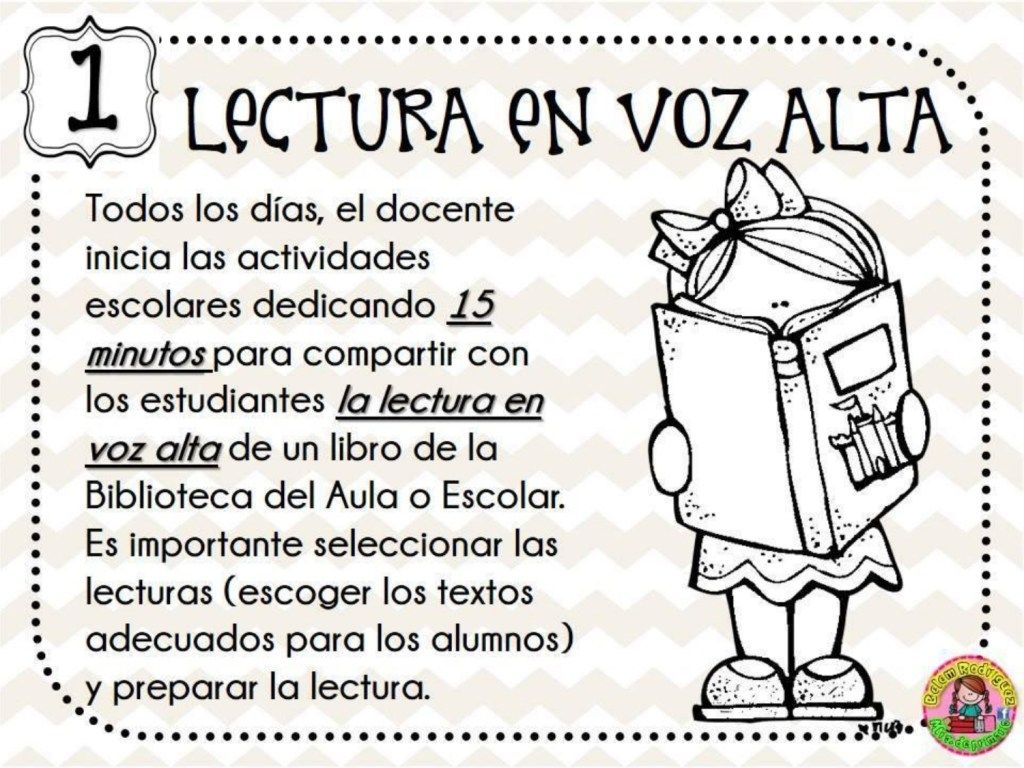
- Sí, lo sé, mas no pude hacer nada más por él.
NOVEDAD (4 de octubre de 2019): DICTADOS CORTOS 2ª ENTREGA (nivel básico, intermedio y avanzado).
3. Nivel avanzado (dictado cortos para Bachillerato):
Ejemplo 1 (oraciones):
- Cállate, no me agobies, que he llegado exhausto y quiero echarme al sofá y no oír a nadie.
- Ella sonríe por los halagos que le echa su exjefe, pero por dentro está pensando que es un hipócrita sin escrúpulos.
- La telenovela avanza elaborando una urdimbre biográfica que ha de evocarse de manera redundante y progresiva.
- El adjetivo «espléndido» se emplea para calificar a aquello que resulta excelente, grandioso, excelso o sublime
- Cuando emigró a Estados Unidos, este autor alemán escribió Anhelo de justicia, un libro en el que reivindica la religión y produjo aceptaciones diferentes: fue aclamada por pensadores conservadores y teólogos, y causó una gran decepción entre críticos ilustrados y revolucionarios.
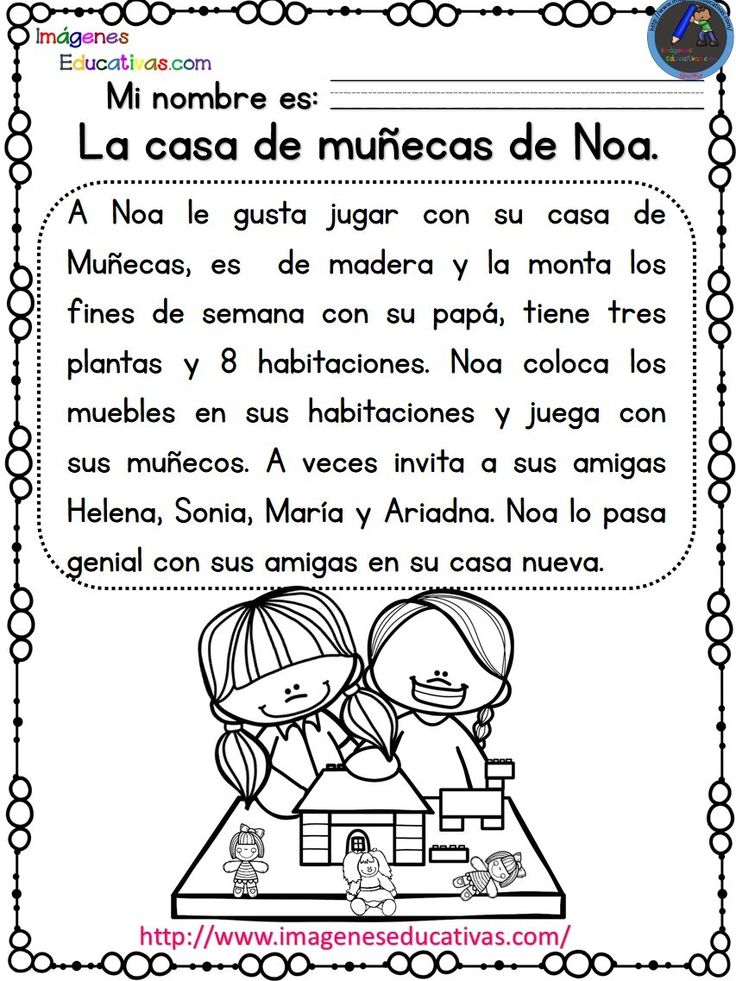
Ejemplo 2 (palabras sueltas):
elegía, antigüedad, frívolo, fugitivo, látex, absorbente, limítrofe, sutil, exuberancia, estrafalario, extravagante, excéntrico, buhardilla, expeler, vaticinó, augurio cónyuge, estío, argüir, vergüenza, heroísmo, heroico, héroe, heroicidad, heroína, vileza, zafarrancho, anarquía, argumentáis, dijisteis, áureo, baúl, brío, bullanga, antigüedad, cigüeñal, desinfección, distraído, devoraba, axioma, arduo, cadavérico, balbuciente, dádiva, exótico, israelí, invicto, reembolsar, exento, expandir, fructífero, fútil, licúo, lúgubre, júbilo, gragea, hervir, hibernar, invernar, híbrido, heteróclito, irreversibilidad
NOVEDAD (4 de octubre de 2019): DICTADOS CORTOS 2ª ENTREGA (nivel básico, intermedio y avanzado).
Por supuesto, la práctica de los dictados cortos (o largos) sirve también para enriquecer el vocabulario de los alumnos. En niveles superiores conviene usar fichas para definir muchas de las palabras enumeradas.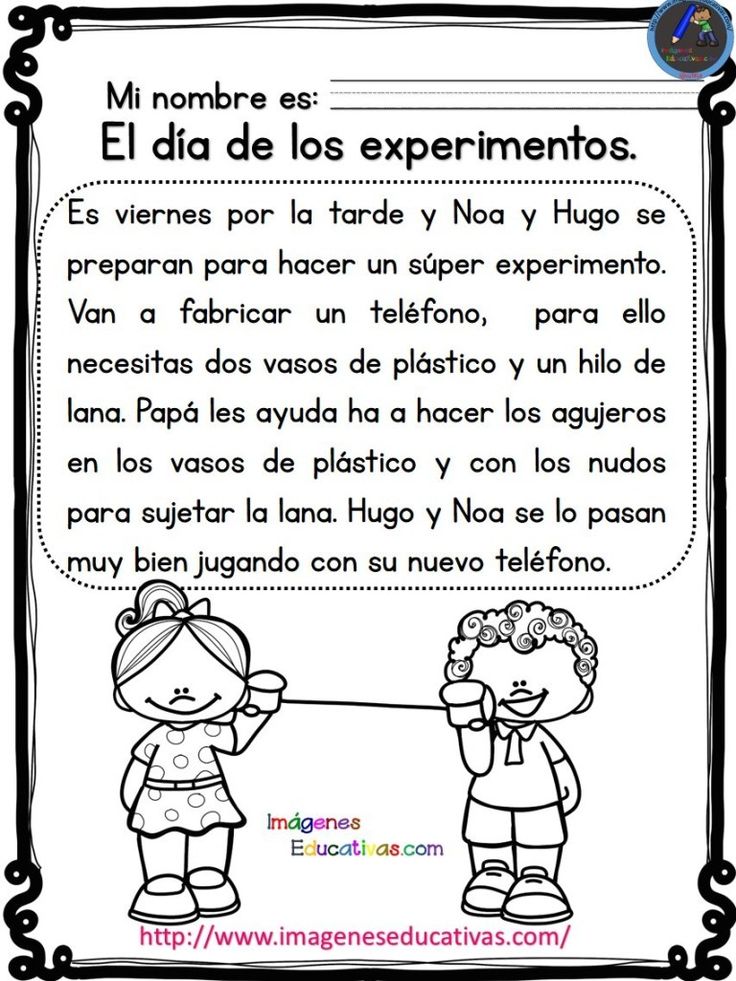
¿Qué debe hacer el alumno con las palabras que haya escrito erróneamente? Sabemos que no descubrimos nada nuevo: crear una ficha para cada una en la que aparezca la definición de la palabra, sinónimos, antónimos y cree dos o tres ejemplos con ella.
Próximamente, publicaremos más dictados cortos. Danos un «Me gusta» si te ha parecido útil, difunde la entrada en tus redes sociales, suscríbete para recibir artículos por correo electrónico y, si tienes cualquier duda o sugerencia, escribe en «Deja un comentario».
Te puede interesar: Ejercicios de ortografía (test autoevaluable).
Ver artículos de ORTOGRAFÍA
Me gusta Cargando…
Los dictados son una actividad tradicional, que permite evaluar rápidamente cómo los hijos están dominando las habilidades de las artes del lenguaje como la lectura, la ortografía, el habla y la escucha.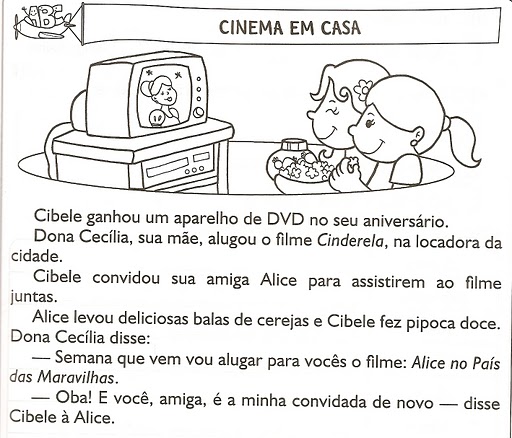 Las reglas son sencillas; sólo dicta unas cuantas frases y pídele a tu hijo que las escriba palabra por palabra. Esto puede hacerse con papel y lápiz o con un teclado. (Su nivel de habilidad es lo que importa, no el medio.) Después de que hayan terminado, repasa su trabajo con él y haz las correcciones necesarias.
Las reglas son sencillas; sólo dicta unas cuantas frases y pídele a tu hijo que las escriba palabra por palabra. Esto puede hacerse con papel y lápiz o con un teclado. (Su nivel de habilidad es lo que importa, no el medio.) Después de que hayan terminado, repasa su trabajo con él y haz las correcciones necesarias.
Hacer dictados puede ayudar a los padres a entender cómo está progresando el niño.
Hazlo fácil. Cinco minutos, dos o tres frases dictadas deberían bastar. Un par de veces a la semana.
01 – Clementina era una linda niña, de dulce sonrisa y tierna mirada, tenía unos ojos muy grandes que brillaban siempre de alegría, de cabello negro y piel dorada. Vivía con su padre en el campo y tenía la grata compañía de su perrito llamado chispas, quien la acompañaba siempre en todo momento.
Vivía con su padre en el campo y tenía la grata compañía de su perrito llamado chispas, quien la acompañaba siempre en todo momento.
02 – La oruga se había convertido en una mariposa de impresionantes alas azules y naranjas, y alzó el vuelo. Ahora era mucho más hermosa que las flores y era libre, no como ellas que estaban ancladas al suelo por su tallo, prisioneras en aquel jardín y no podían ver más allá de sus propias narices, más allá de las tapias de aquel oasis.
03 – El vasito plegable de plástico rojo se abrió como un pequeño acordeón y empezó a saltar de banco en banco. Los chicos, asombrados, dejaron de atender a la maestra, entusiasmados con el vasito que se volvía a llenar una y otra vez de una bebida fresca y riquísima que nadie había probado nunca. Lo bueno era que bebían sin llegar a hartarse nunca, y sin que ni siquiera se les hinchara la panza como les solía ocurrir cuando tomaban otras bebidas.
04 – Don Manuel tenía un campo grande donde había plantado un montón de árboles, la mayoría de ellos, frutales.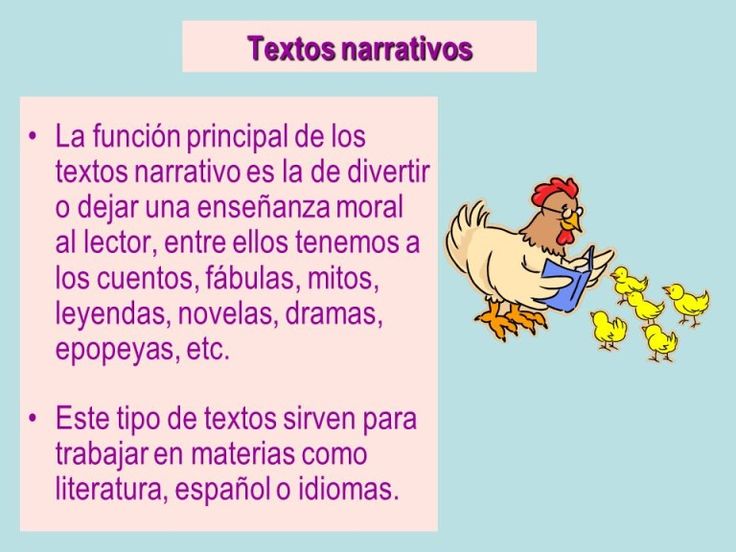 Eran árboles hermosos, grandes y llenos de las más ricas frutas.
Eran árboles hermosos, grandes y llenos de las más ricas frutas.
En este campo había ciruelos, naranjos, limoneros, árboles de mandarinas, de higos y hasta nogales que son los árboles que nos dan las nueces.
05 – Ojitos de Corazón era un duendecito al que llamaban así, justamente porque sus ojitos tenían forma de corazón, pero como el nombre es un poco largo lo llamaremos simplemente Ojitos. Nuestro duendecito tenía un hermano gemelo quien, para todos los duendes, era igualito a él.
06 – Temeroso era un hermoso patito blanco que le tenía miedo a muchas cosas. Vivía con sus papis y siete hermanitos, todos casi iguales a él. Lo que diferenciaba a Temeroso de sus hermanos, no era ningún rasgo físico, sino que, nuestro patito amigo era muy, pero muy miedoso. Algunos de sus tantos hermanitos lo entendían y trataban de ayudarlo, otros se burlaban y decían que por algo lo llamaban así.
07 – Con la construcción del molino, la prosperidad llegó al pueblo y todas las familias fueron mejorando sus economías, llegando a un estado saludable.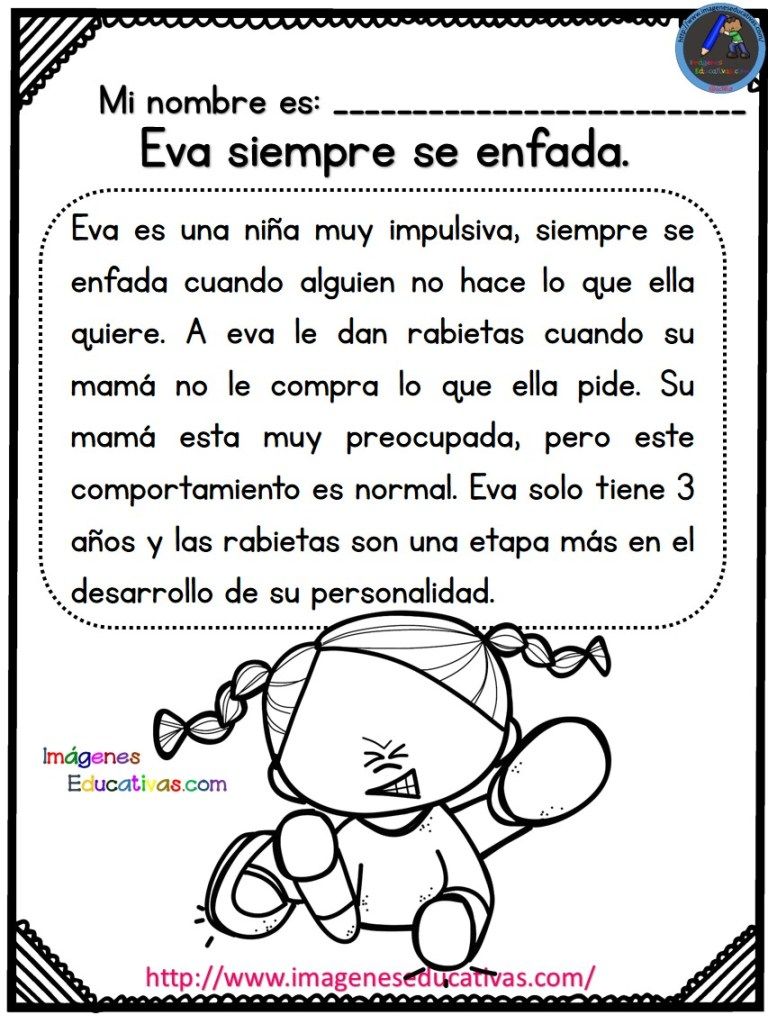
La alimentación de la población había mejorado mucho, así como la salud y la educación. Todo había llegado a un nivel muy óptimo.
08 – A simple vista todos parecen iguales, todos son blanco y negro, esponjositos, ninguno puede volar y todos, pero todos, caminan graciosamente. Sin embargo, al igual que nosotros, cada uno es diferente y tienen distintas capacidades; algunos son magníficos pescadores, otros pueden entonar ingeniosos cantos, o recordar complicadas rutas hacia lugares secretos donde nacen los bebés pingüinos.
Si Pinchas en dictados podrás acceder a otros textos para hacer ⇒ dictados
09 – Se arrojó al agua, nadando para alejarse de la cercanía del pueblo. Llegó a un lugar donde encontró tranquilidad, aunque se le veía siempre triste por estar sola. A veces, permanecía por largas horas dentro de su caparazón, saliendo sólo para darse un chapuzón en las frescas aguas del río.
10 – El zorrillo huyó velozmente.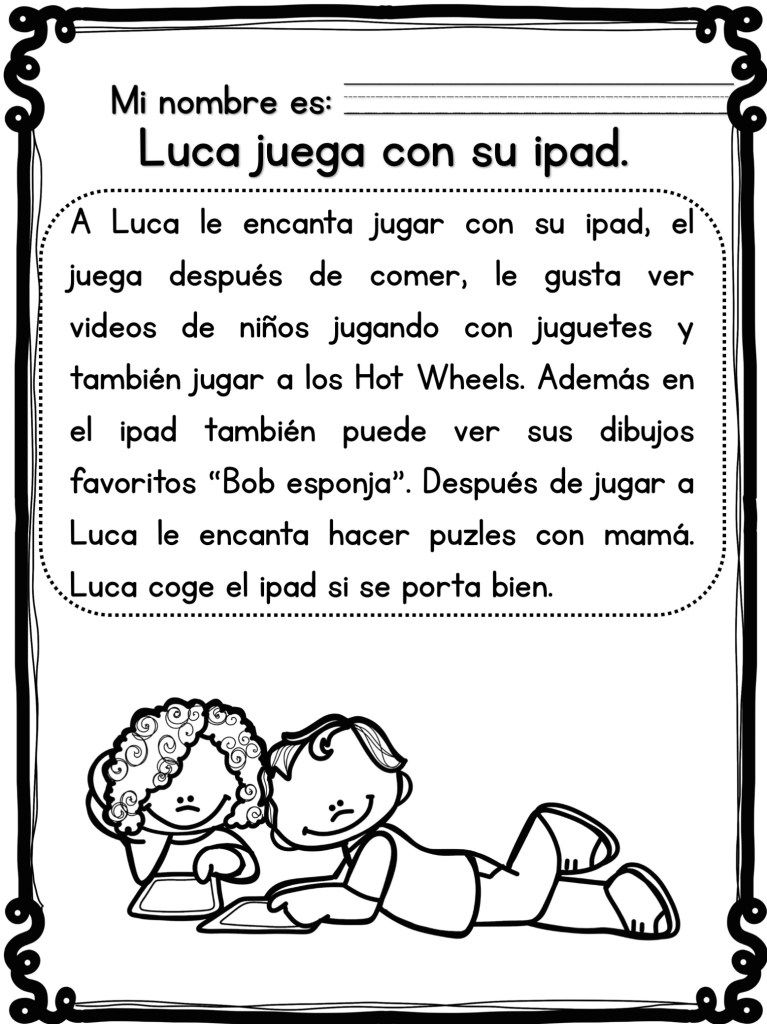 El hombre asustado, arrojó el saco y se alejó despavorido. La tortuga permanecía quieta y aterrorizada por lo escuchado. Cuando alguien abrió el saco, su pequeño corazón estuvo a punto de estallar. Felizmente, eran el zorrillo y su amiga ardilla que reían alegremente por el engaño que le hicieron al hombre.
El hombre asustado, arrojó el saco y se alejó despavorido. La tortuga permanecía quieta y aterrorizada por lo escuchado. Cuando alguien abrió el saco, su pequeño corazón estuvo a punto de estallar. Felizmente, eran el zorrillo y su amiga ardilla que reían alegremente por el engaño que le hicieron al hombre.
11 – Para tener una buena salud, se necesita un aporte regular de agua y alimentos nutritivos. Una dieta equilibrada proporciona la energía necesaria que hace de combustible para músculos y procesos corporales, como el crecimiento de los tejidos, la respiración y la función cardíaca. Una dieta escasa origina muchas enfermedades, pero comer demasiada grasa causa oclusiones en las arterias que producen un infarto.
12 – En la época fría hay animales que hibernan. Unos pasan este tiempo durmiendo, como el topo y el tejón, que lo hacen bajo tierra. El erizo y el lirón duermen en un hueco de un árbol y el murciélago, colgado en una cueva. Todos ellos están al abrigo del frío y no necesitan comer, gracias a la grasa que han acumulado en su cuerpo.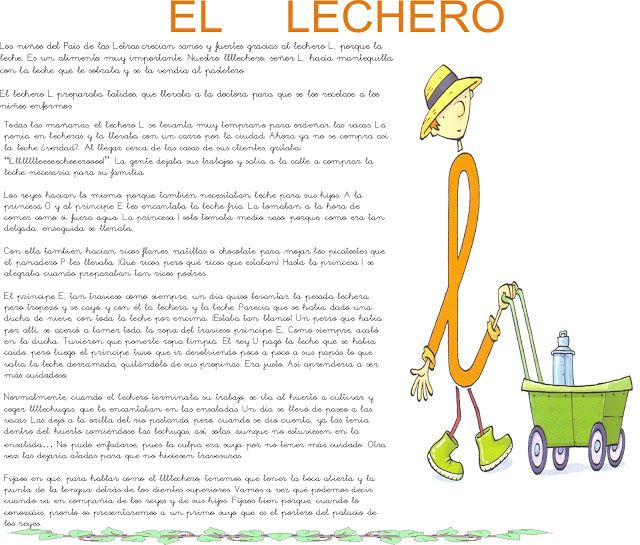 Otros animales hibernan en sus madrigueras y, de vez en cuando, comen lo que han almacenado en otoño.
Otros animales hibernan en sus madrigueras y, de vez en cuando, comen lo que han almacenado en otoño.
13 – Los Pispajos viven en medio del bosque, en una casita preciosa y cómoda. En invierno, todo lo que los rodea está cubierto bajo un grueso manto de nieve. Los animales del bosque, ciervos, corzos, liebres y ratones, no encuentran la comida, oculta por esa capa blanca y helada. Por ello, el guardabosques les ha colocado un pesebre y todos los días sus hijos les llevan comida fresca para que no se mueran de hambre. A papá Pispajo, a Pablo Pispajo, a la golondrina Rufina, a la ardilla Pilla y a la ratita Rita les encanta ir a ver cómo comen los enormes animales del bosque y ellos también les traen un poquito de heno.
14 – El cuco vuelve en el mes de abril a nuestros bosques, después de haber pasado el invierno en África. La hembra del cuco siempre pone los huevos en los nidos de otros pájaros, más pequeños y ágiles que ella, porque tienen mucha facilidad para encontrar comida.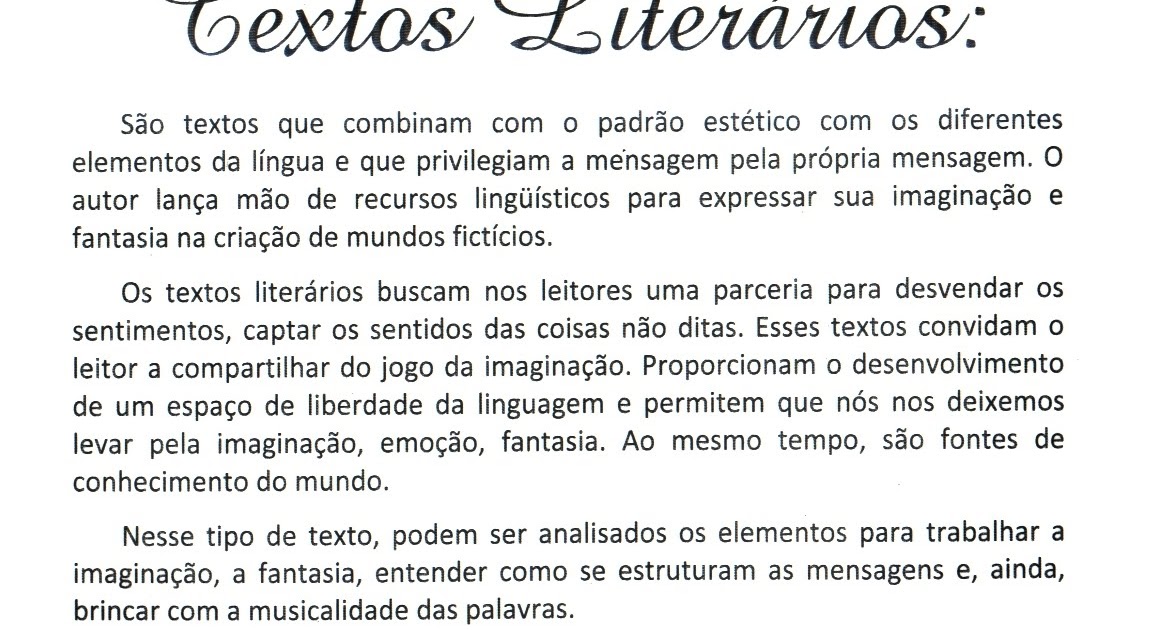 El cuclillo es muy tragón y su madre adoptiva lo alimenta durante tres semanas, hasta que pesa ocho veces más que ella. En cuanto sale del cascarón, el pequeño cuco tira fuera del nido los otros huevos.
El cuclillo es muy tragón y su madre adoptiva lo alimenta durante tres semanas, hasta que pesa ocho veces más que ella. En cuanto sale del cascarón, el pequeño cuco tira fuera del nido los otros huevos.
Accede también al taller de lengua
Aquí tienes más dictados para niños. Recuerda que también hay a la venta cuadernillos de textos para dictados:
In general, it must be said that the stress in Russian is very “lively”. It is easy to see this by taking Ageenko and Zarva’s 1985 Stress Dictionary for Radio and Television Workers and Zarv’s 2001 Russian Word Stress. The author is the same, but different years of publication! Take the word “cooking” for example. In the first dictionary – cooking, and in the second – cooking. In the first dictionary – “microwave”, and in the second – “microwave”. Similarly – “meager” and “meager”. Or here’s an interesting word – “money”. In both dictionaries “dengAm”.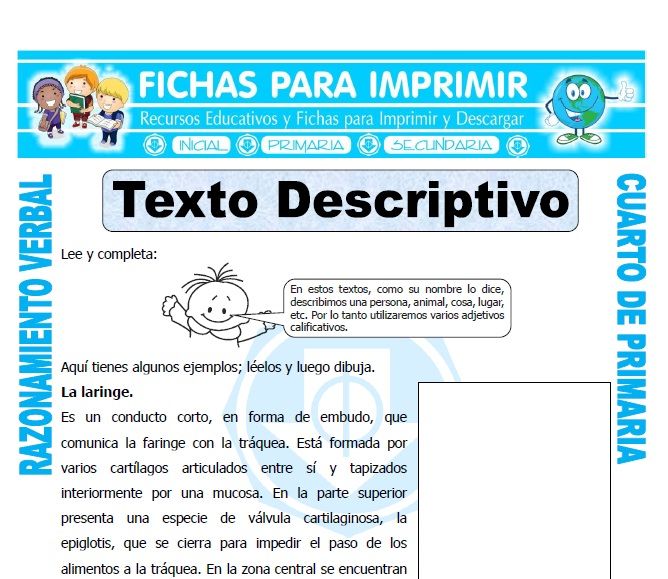 But the announcers of the older generation will never say that, only money, money, etc. Thus, the accent does not stand still. Therefore, it is difficult to say that there is one correct stress. Everything is very relative. If today the stress, for example, is on the first syllable, this does not mean at all that in 5 years it will not be on the second. And perhaps it was already on the second syllable 30 years ago. nine0003
But the announcers of the older generation will never say that, only money, money, etc. Thus, the accent does not stand still. Therefore, it is difficult to say that there is one correct stress. Everything is very relative. If today the stress, for example, is on the first syllable, this does not mean at all that in 5 years it will not be on the second. And perhaps it was already on the second syllable 30 years ago. nine0003
But let’s get back to our text. Where to put the stress in the word “survived”? Both Zarva’s dictionaries tell us – “survived”, in the orthoepic dictionary edited by Avanesov for 1985 – “survived” and “survived” is allowed.
And in the word “looking”? In Zarva’s dictionaries – “looking”. Avanesov too. And Kuznetsov’s “Big Explanatory Dictionary of the Russian Language” admits both options. So, dear speakers, when working with the text, the last word in setting the stress is yours.
So, we delved into the content, dealt with the stresses. Now we need to figure out the pronunciation.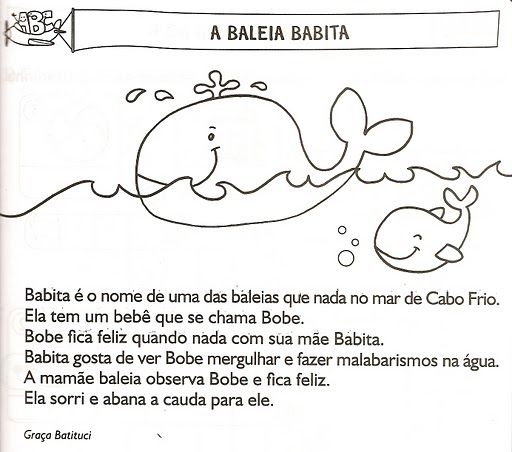 A lot depends on experience here. The more experienced the speaker, the fewer words he will need to understand. Mainly in proper names. If the announcer is a beginner, then you need to work. nine0003
A lot depends on experience here. The more experienced the speaker, the fewer words he will need to understand. Mainly in proper names. If the announcer is a beginner, then you need to work. nine0003
After we have fully understood the norms of orthoepy, the next stage of working with text is intonation. You need to figure out where to pause, and where it is not needed at all. Where it is possible to make a logical stress, and where it is not recommended. A lot depends on the correct choice of the stress word. Wrong emphasis can completely distort the meaning.
For example, let’s take the phrase:
“ Here’s a good definition of “.
The older generation announcers understand what they are talking about. It means distribution after high school. Feel how the meaning changes from the place of logical stress:
Here’s to YOU (pause) GOOD distribution!
HERE (pause) is a good distribution!
Working with text in this way is an interesting, creative process.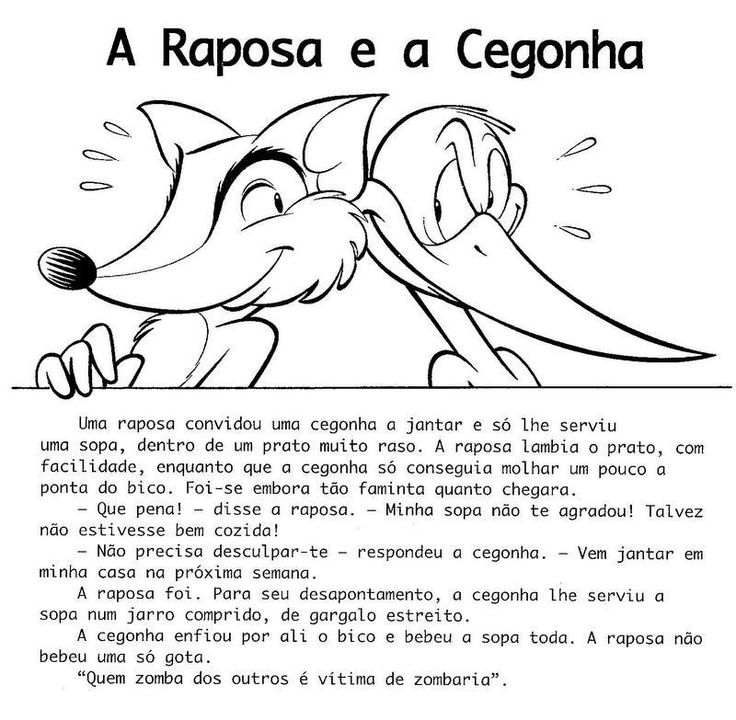 And, of course, each speaker will bring his own personality to it. The main thing is that there are no wrong logical stresses, so as not to accidentally distort the main idea of the author.
And, of course, each speaker will bring his own personality to it. The main thing is that there are no wrong logical stresses, so as not to accidentally distort the main idea of the author.
Let’s take the first sentence of our text.
“ Probably one of the most grandiose moat structures in the world, a symbol of Rome and Italy – the Colosseum continues to impress even in the form in which it has survived to this day “.
The proposal is long, which means there is something to work on. Alternatively, logical pauses can be arranged in this way: .
The number of measures in a sentence depends on its length. Very short sentences consist of one measure. In this case, it turned out 4 measures.
Now let’s place logical stresses. In each measure, you need to choose the main word. Also, you need to choose the main word of the whole sentence. That word is “Colosseum”. We will place the strongest intonation emphasis on it.
Probably one of the most grandiose structures in the world, | symbol of Rome and Italy – Colosseum | continues to impress even in the form | | in which he lived to this day.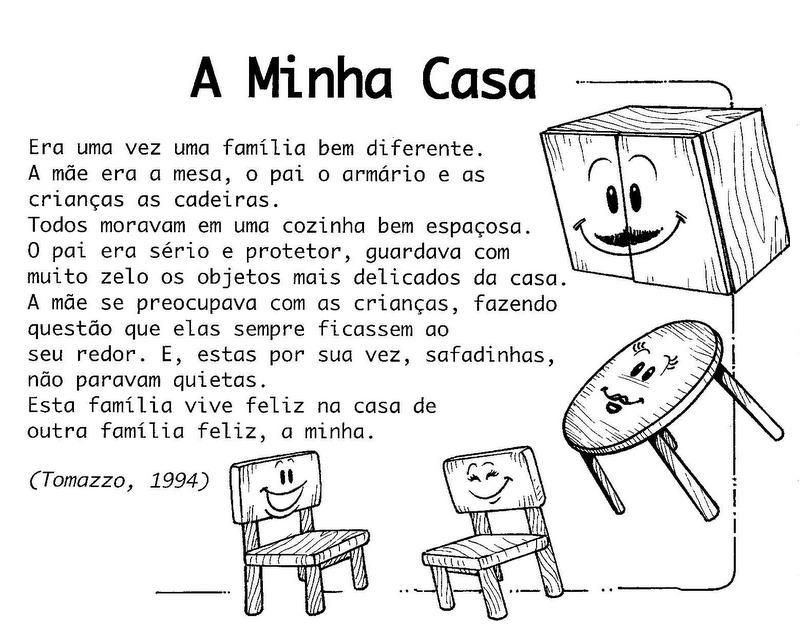
Many examples of the arrangement of logical pauses and stresses in aphorisms are presented here. Of course, this arrangement is not the ultimate truth. There may be many different options. Each speaker is unique and individual in their intonations. This is where creative writing comes in. nine0003
Now that we have dealt with the logic, we come to the last stage in working with text. You need to decide on the announcer’s pitch! What will she be? After all, one and the same text can be read with a thousand different intonations, different announcer presentations. Fast or slow, quiet or loud, cheerful or serious, etc. It depends on the conditions offered. What is this transmission? What is it about? On radio or TV? Text in the frame, or behind the scenes? Timing is free or hard, etc. And only after that you can approach the microphone and proceed to the main announcer sacrament! nine0003
Narration is as important a part of a video as the video sequence.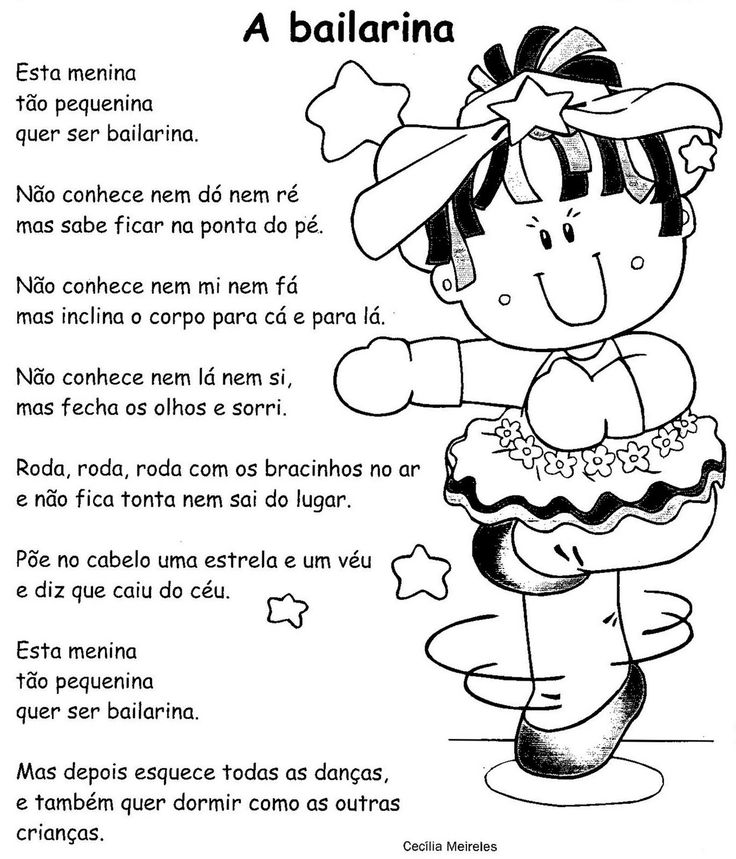 When we make videos to order, the first thing we do is record the voice of the announcer. Animation is going under the already made record. This helps to avoid pauses (when the announcer is already silent, and the action is still taking place in the frame) and to ensure that what is happening in the frame is consistent in meaning with the off-screen text.
When we make videos to order, the first thing we do is record the voice of the announcer. Animation is going under the already made record. This helps to avoid pauses (when the announcer is already silent, and the action is still taking place in the frame) and to ensure that what is happening in the frame is consistent in meaning with the off-screen text.
In this article we will share the experience of writing texts for the announcer. nine0003
Stick to the chosen form of address throughout the video.
Pay special attention to verbs. If at the beginning you say: “Try our service!”, then in the middle you should say: “See how it works”, and at the end – “Register now”.
Write foreign words in Russian: this will help to avoid discrepancies. For example, the name Sebastian in Russian can be read both as “SebAstian” and as “Sebastian”.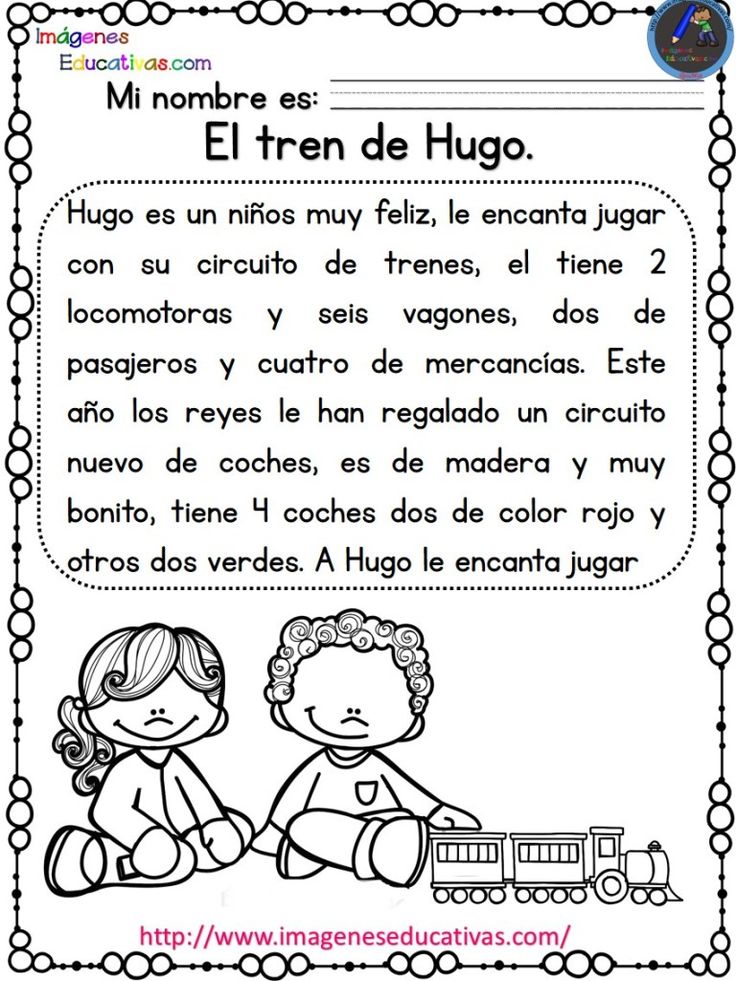 nine0003
nine0003
In titles, given names, surnames, specialized terms, note which vowel is stressed. For example, the surname “Ivanov” can be read both as “ivanov” and as “ivanov”.
For names, borrowed or foreign words, indicate whether they should be pronounced in English or in Russian. For example, the name of a search engine may sound like “Yandex” in Russian, and “Yendex” in English. If possible, give the announcer a link to a video where the word is pronounced the way you want it to be. Or explain in words in a note to the text exactly how the announcer should pronounce this or that word, for example: “The name is read in the English manner, like “endex”, with an emphasis on the first vowel.” nine0003
The length of the clip depends on the length of the narration. To calculate the approximate length of a video, use a simple formula: in Russian, the speaker speaks an average of 120 words per minute (2 words per second), and in English, an average of 150 words (2.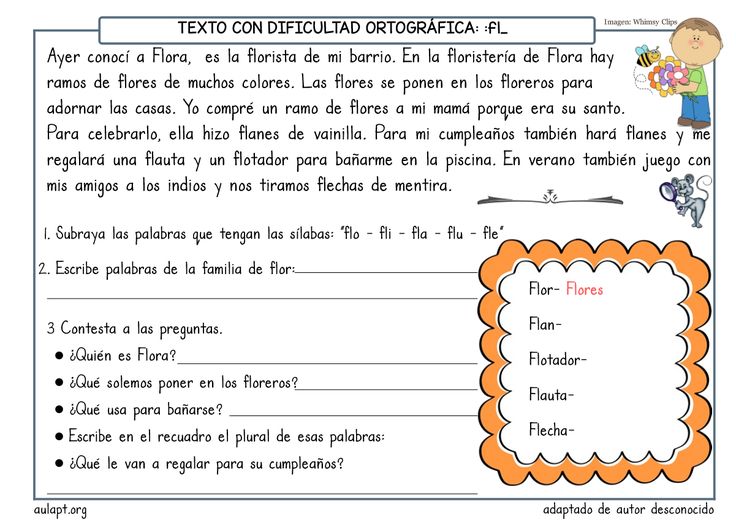 5 words per second).
5 words per second).
Correlate the duration of the announcer’s text with what exactly is happening in a particular scene. For example, if there is only one picture in the scene, then the viewer is unlikely to be interested in looking at it for more than 5-8 seconds. And if the scene is a list of five items, the viewer will need at least 10 seconds to read and absorb what is written. nine0003
It is not necessary to read the words manually. Use the option “tools” – “statistics” in Google Docs, “service” – “statistics” in MS Word, “tools – word count” in Open Office, or ask Google how to calculate the number of words in a text.
This will help you avoid bulky designs. Compare:
“The service will help you deal with 250 problems,” you write. It seems to be good, but…
nine0089
“The service will help you deal with two hundred and fifty problems,” the announcer will say, and he will be right.
“God, what did they just say?” – the viewer will think when he hears the ponderous “two hundred and fifty”.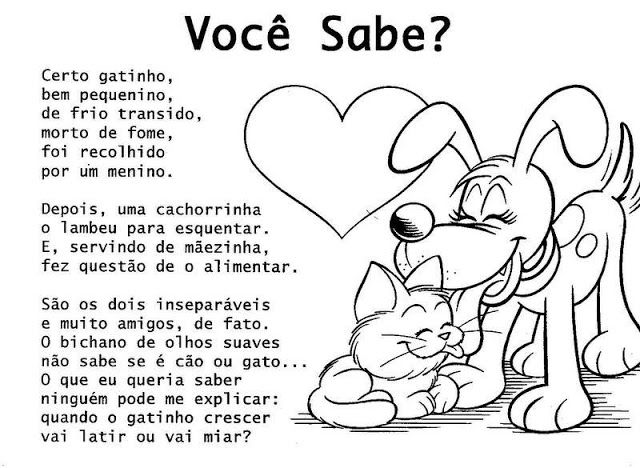
Better reformulate: “The service will help you solve two hundred and fifty problems.”
Try to avoid:
pleonasms: instead of “service for the provision of services” – “service”, instead of “quickly and in a timely manner” – “on time” or “without delay”.
exaggerations and untruths. Don’t make promises you can’t keep. Do not attribute non-existent merits or functions to a company or service. Be honest with the audience. nine0003
Unaccustomed to weed out unnecessary words can be difficult. We love the service “Glavred” for cleaning texts from verbal garbage and are inspired by the advice of Maxim Ilyakhov for creating texts in an informational style.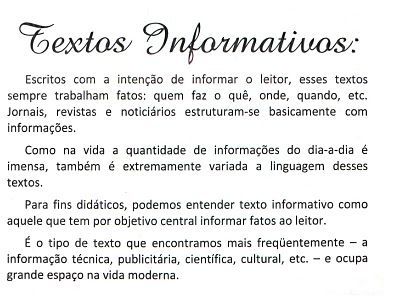
This way you can notice phrases that sound ambiguous or comical. After all, the “creak of the wheel” can sound like a “violin-fox”, and the words “won’t want”, different in spelling, are almost the same by ear. nine0003
Read the entire text aloud from beginning to end, without skipping numerals, names, titles, website addresses. Rephrase the phrase where the text sounds ponderous or dissonant. Mark for the speaker the specifics of the pronunciation of proper names and titles.
Imagine that the viewer does not yet know anything about your service: neither the name, nor the purpose, nor the specifics of use. State the information sequentially: from the general to the particular, then back to the general. Formulate exactly what you want from the viewer: do not hesitate to call the viewer to the action you need. nine0003
Here is a typical service presentation scheme.
First, introduce the product and briefly describe its purpose.